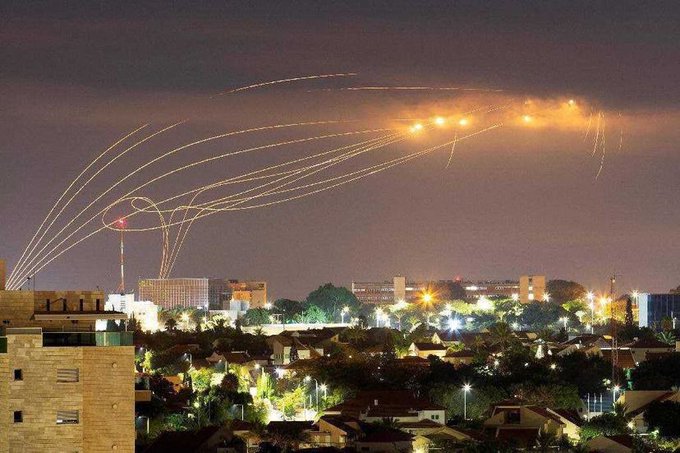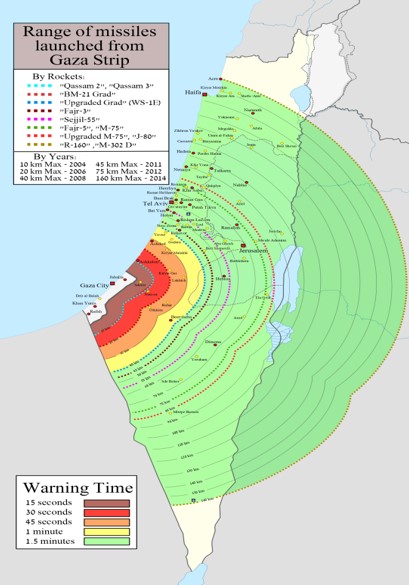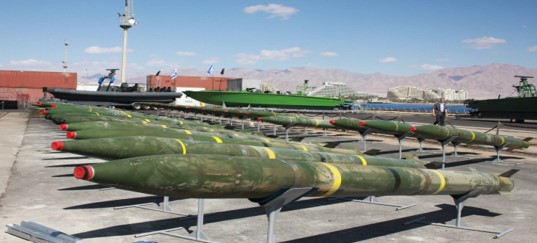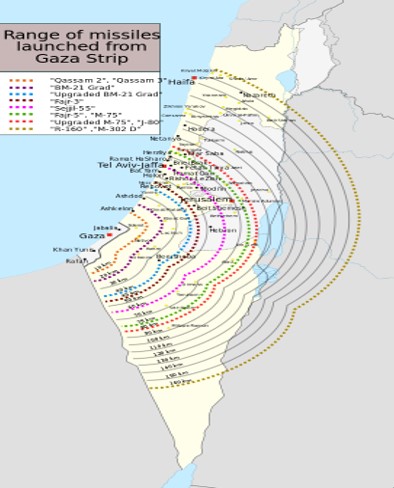All about Hamas rockets

The evolution of Hamas rockets: from primordial beginnings to strategic weapons. The analysis of Francesco D'Arrigo and Charlye Ghezzi
When Hamas began its surprise attack on Israel just before dawn on October 7, it unleashed a hail of rockets and missiles into Israeli cities and towns. By mid-morning, the terrorists had already fired over 2,500 projectiles that would “overwhelm” Israel's Iron Dome air defense system. We say they would have, because from the level of damage caused, it is also assumed that in the early hours of Saturday the air defense system was not operational.
Unlike what they did during Arafat's PLO days, Palestinians today fire rockets instead of throwing stones. Hamas's ability to launch over 20 missiles per minute with high precision could in fact also overwhelm the Iron Dome air defense shield, or in any case cause further damage and casualties due to falling debris from the downed missiles.
As we described in the first part of this analysis , Iran has provided Hamas with millions of dollars in funding, weapons and missile training since they first established ties in the 1980s, and Iranian officials miss no opportunity to highlight the their role in military support and modernization of the missile forces of Hamas and Hezbollah.
In 2014, General Ahmad Hosseini , then commander of the missile force of the Iranian Revolutionary Guard Corps, recognized the key role played by Tehran in the development of Hamas' missile program, therefore it is clear that all the missiles coming from Gaza and Lebanon launched against Israel were created with the economic and technological support of Iran.
The Al-Qassam Brigades, the armed wing of the Hamas movement, have developed a formidable arsenal capable of repelling frequent Israeli attacks on the Gaza Strip . Over the course of two decades, they have transformed their rudimentary “fireworks” rockets into strategic tools, as demonstrated during the May 2021 conflict.
While the war takes on increasingly worrying contours and the world wonders why the Mossad, the Shin Bet, the Aman military intelligence and the agencies of the allied countries have not noticed Hamas' preparations for its wide-ranging assault, another question is: how did Israel not prevent Hamas from amassing an unprecedented stockpile of technologically advanced weapons?
In this summary, the description of the capabilities and evolution of Hamas missiles.

The Birth of the Rocket “Fireworks” (2001)
On October 26, 2001, the Al-Qassam Brigades marked a historic moment by unveiling their first rocket, commonly known as “fireworks.” This initial rocket represented an attempt to develop a defense mechanism against Israeli assaults on Gaza. However, its range was limited to only 2-3 kilometers and it was equipped with a small warhead. Despite their simplicity, the “fireworks” marked the beginning of a journey towards greater capabilities.
The turning point of May 2021
The May 2021 war marked a watershed moment for Hamas and its missile capabilities. During this conflict, the Palestinians demonstrated their ability to turn rudimentary weapons into strategic assets against Israel, attracting the attention of the international community. This evolution underlines the adaptability and determination of Palestinian fighters.
A multitude of rockets
While the exact number of rockets held by Hamas remains unknown, estimates suggest that their inventory includes tens of thousands of these projectiles. Each rocket is unique in terms of range and destructive capacity, tailored to meet specific operational requirements. Let's analyze some of the known Hamas rockets and their characteristics.
Qassam 1, 2 and 3 rockets (2001-2005) : range: 2-3 kilometers (Range 1), 9-12 kilometers (Range 2), 15-17 kilometers (Range 3).
M-73 (2012) : range: 75-80 kilometers.
S55 (Sejjil – 2014) : range: 55 kilometers. J90 – J80 (2014): autonomy: 80 kilometers. Used mainly in the vicinity of Tel Aviv.
The R-160 rocket produced by the al-Qassam Brigades is supposedly their version of the M-302, a Syrian-made projectile known for its long range and destructive capabilities. The R-160 is named after Abdel Rantisi, a senior Hamas leader killed in an Israeli airstrike in 2004. It represents a symbol of defiance and resistance against Israeli forces. Hamas claims that the R-160 is produced locally, demonstrating its self-sufficiency and independence from external suppliers.

M302 – (2006) – 302mm Khaibar-1 / M-302 / B-302 : range: 100 kilometers. The Khaibar-1 rocket is an unguided artillery rocket, developed and produced by Syria. Reports suggest that the Khaibar-1 is heavily based on the Chinese Wei Shi (WS-1) MRL system. The rocket takes its name from the Battle of Khaibar in 629 AD, fought between the early Muslims and the Jewish residents. The Khaibar-1 has a range of 100 km while carrying a payload of 150 kg. It is usually equipped with large anti-personnel warheads. The rocket has a length of 6.3 m, a body diameter of 0.302 m and a launch weight of approximately 750 kg. The launcher features two layers of three firing tubes each. The Khaibar-1 is unguided but is more accurate than most indigenous Hezbollah/Hamas rockets and can be stored more easily due to its longer endurance. However, the rocket does not rotate like the Fajr-5, and is therefore probably less accurate.35The Khaibar-1 was first launched by Hezbollah on July 28, 2006, hitting the city of Afula. Subsequent targets included Haifa, Hadera, and areas in the northern West Bank.
R160 (2015) : Range: 160 kilometres. The first to reach the city of Haifa.
A120 (May 2021) : Range: 120 kilometres. It is equipped with an explosive warhead with high destructive capacity.
SH85 (Ayyash 250 – May 2021) : Range: 220 kilometers. First deployed on 13 May 2021, with an extended range, demonstrating Hamas' growing capabilities.
Range of missiles being launched from Gaza

(2.END; the first part can be read here )
This is a machine translation from Italian language of a post published on Start Magazine at the URL https://www.startmag.it/mondo/hamas-razzi-evoluzione/ on Wed, 11 Oct 2023 04:40:17 +0000.
